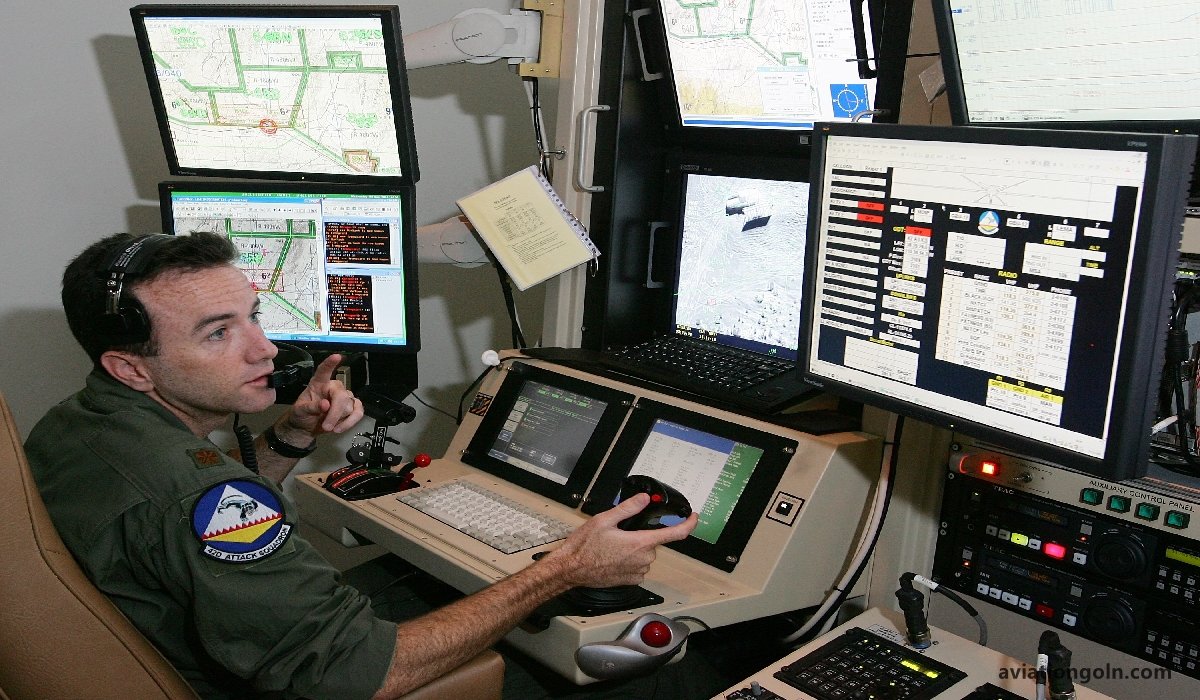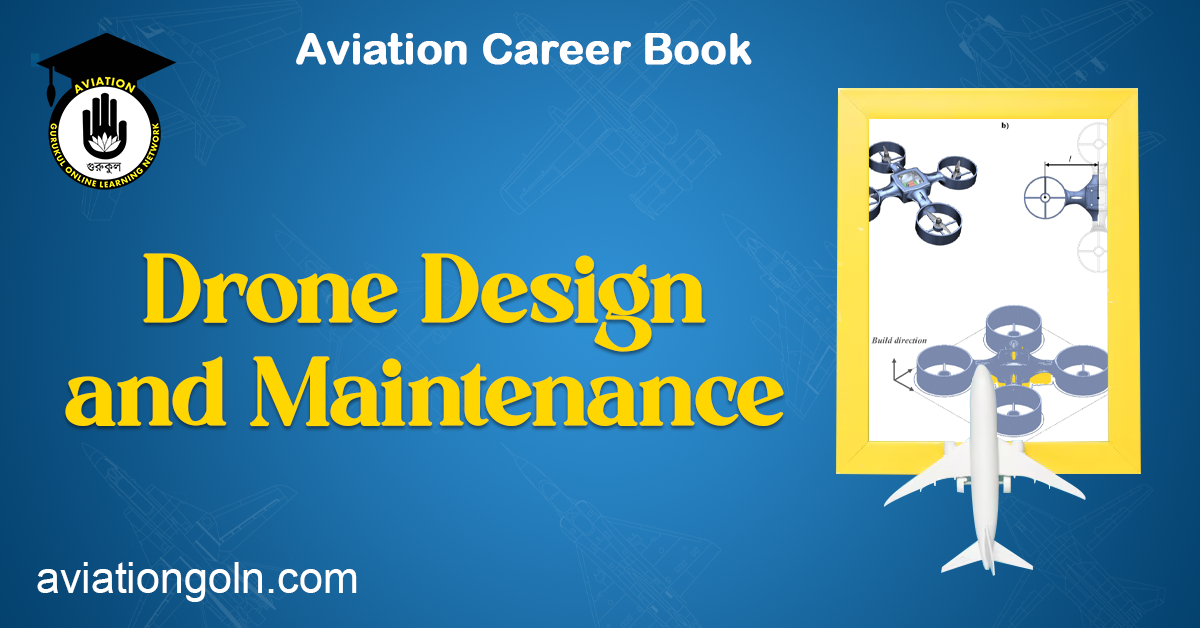Drone Design and Maintenance: Drones, also known as Unmanned Aerial Vehicles (UAVs), have steadily taken center stage in the field of aviation over the past decade. Initially viewed as niche technology or military tools, drones have found myriad applications in commercial, recreational, and research sectors. With this evolution comes the emergence of exciting career opportunities, including drone design, maintenance, and other associated fields in future aviation technologies.
Drone Design and Maintenance: Drone and Future Aviation Technologies Careers

II. The Evolution of Drone Technology
The first known drone was used during World War I, but they’ve come a long way since then. From rudimentary wooden crafts to sophisticated devices featuring cutting-edge technology, drones have witnessed exponential growth in their capabilities and applications.
Early drones were largely constrained to military use, particularly for reconnaissance missions and target practice. However, advances in technology, particularly miniaturization, improved sensors, and enhanced battery life, have expanded the horizons for drone usage.

III. Drone Design: A Blend of Art and Science
1. Aerodynamics and Structure:
The design process starts with understanding the drone’s intended use. A drone designed for racing will have a different aerodynamic profile than one meant for aerial photography. Understanding the principles of flight and aerodynamics is crucial. Designers often use computational fluid dynamics software to analyze how the drone will perform under different conditions.
2. Material Selection:
Drones need to be lightweight yet durable. Material scientists and designers collaborate to choose materials like carbon fiber, lightweight metals, and advanced polymers that provide an optimal balance of strength and weight.

3. Electronics and Sensors:
Drones are equipped with a plethora of sensors – from GPS modules and cameras to gyroscopes and accelerometers. Integrating these components in a compact space while ensuring they function flawlessly is a significant challenge.
4. Energy and Propulsion:
Advances in battery technology have allowed drones to fly longer and carry more weight. Designing an efficient propulsion system, often involving multi-rotor configurations, is vital to maximize performance.

IV. Drone Maintenance: Ensuring Longevity and Safety
Like any other piece of sophisticated machinery, drones require regular maintenance. Maintaining drones involves:
1. Routine Checks:
Before every flight, drones should be subjected to pre-flight checks, including inspecting the integrity of the frame, ensuring propellers are secure, and checking battery connections.
2. Software Updates:
Keeping the drone’s firmware and software updated is crucial for performance and safety. Manufacturers regularly release updates that fix bugs, improve performance, or add new features.
3. Battery Care:
Lithium-polymer (LiPo) batteries, commonly used in drones, require special care. They should be stored at recommended temperatures, charged using the correct chargers, and replaced when they show signs of wear.
4. Calibration:
Over time, a drone’s sensors can drift, leading to inaccurate readings. Regular calibration ensures that the drone behaves predictably in the air.

V. Drone and Future Aviation Technologies: A Sky Full of Opportunities
With the drone industry booming, there’s a surge in demand for professionals with the skills to design, maintain, and operate these devices. Here are some promising career avenues:
1. Drone Pilot:
From aerial photography to racing, skilled pilots are in demand. With the potential of drone deliveries on the horizon, this demand is set to increase.
2. Drone Engineer:
As companies race to produce drones with longer flight times, better stability, and enhanced features, engineers specializing in various domains, from electronics to aerodynamics, are highly sought after.
3. UAV Data Analyst:
Drones collect vast amounts of data. Professionals who can sift through this data, whether it’s agricultural imagery or infrastructure inspections, and draw meaningful conclusions are crucial.
4. Regulatory Specialist:
As the airspace becomes increasingly crowded with drones, understanding and navigating the complex regulatory environment becomes vital.
5. Research and Development:
The frontier of drone technology is continually advancing. Roles in R&D involve pushing the boundaries of what’s possible, from improving battery life to developing autonomous flight capabilities.

VI. Preparing for a Career in Drones and Future Aviation Technologies
To succeed in this booming industry, a blend of formal education and hands-on experience is vital. Many universities now offer specialized courses in drone technology. Apart from academic qualifications, gaining hands-on experience, such as through internships or building and flying drones as a hobby, can provide a significant advantage.
Certifications can also set individuals apart. For instance, in the U.S., the Federal Aviation Administration (FAA) offers the Part 107 certification for commercial drone pilots, which can be an invaluable credential.

Drones represent the tip of the iceberg when it comes to future aviation technologies. As these technologies continue to evolve, they’ll bring about a wave of new career opportunities. For those passionate about aviation and technology, this is an exciting time, with the sky (quite literally) being the only limit. Whether it’s in design, maintenance, piloting, or data analysis, the drone industry offers a plethora of avenues to build a rewarding career.
